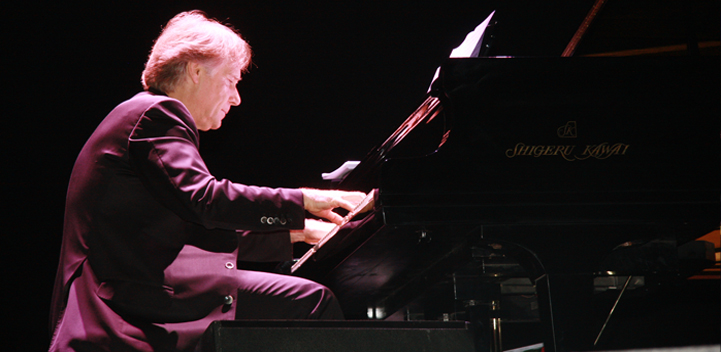In a concert hall or theater, we prefer "alive" room, where the sound has fullness.
在音樂廳或劇院里,我們更喜歡“活房間”,即充滿聲音的房間。
So we need to control the reverberation time.
所以我們要控制好回聲時間。
After all, we don't want the listeners or the performers have to struggle, right?
畢竟,我們可不想聽眾或表演者拼盡全力,對吧?
So what are some important considerations when we design a theater or a concert hall?
所以,在我們設計劇院或音樂廳時,什么是重要的考慮因素?
The size of the place?
地方的大小?

Absolutely. The larger the room, the longer the reverberation time.
對。房間越大,回聲時間越長。
So we'll have to take into account what the room will be mainly used for, since music requires more reverberation than speech.
所以我們要考慮房間的主要用途,因為音樂演奏比演講來說,更需要回聲。
A room intended for music needs to be designed differently from a room intended for drama.
音樂演奏的房間設計必須不同于戲劇表演的房間設計。
For music, we need a very large room, a concert hall, actually I should say for full orchestras, because for a single instrument, say something like a piano recital, a room with a short reverberation time is better.
要演奏音樂,我們需要一個很大的房間,一個音樂廳,我應該這么說,能容納整個管弦樂隊的房間,因為只有一種樂器的話,比如一場鋼琴獨奏會,有較短回聲時間的房間更好。
So for a solo piano a smaller room works well. Yes?
所以,對鋼琴獨奏來說,小房間也不錯。嗯?
I read that concert halls designed for symphony orchestras have too much echo for jazz music.
我看到過,一些為交響樂團設計的音樂廳,若演奏爵士樂,會產生過多的回聲。
That doesn't surprise me.
我并不驚訝。
Most small jazz groups would need rooms with a shorter reverberation time.
大多數爵士樂團需要回聲時間更短的房間。
But besides the size of the room, another variable affecting reverberation is the shape of the room.
除了房間大小以外,另一影響回聲的變量是房間形狀。
Let's say you design a rectangular box-like space with bare walls and ceiling, this would allow the sound to act like a ball in a racquetball court, you know, bouncing around and hitting some parts of the walls and ceiling but missing many others.
假如你設計了一個長方體的,像盒子一樣的空間,里面都是裸墻和裸天花板,這會讓聲音像壁球場里的球一樣,來回反彈,擊到墻壁和天花的某些部分,另一些則擊不到。
If that happens in a concert hall, audience members may hear some sounds, but not others.
如果這發生在音樂廳里,聽眾可能只能聽到一些聲音,別的聽不到了。










